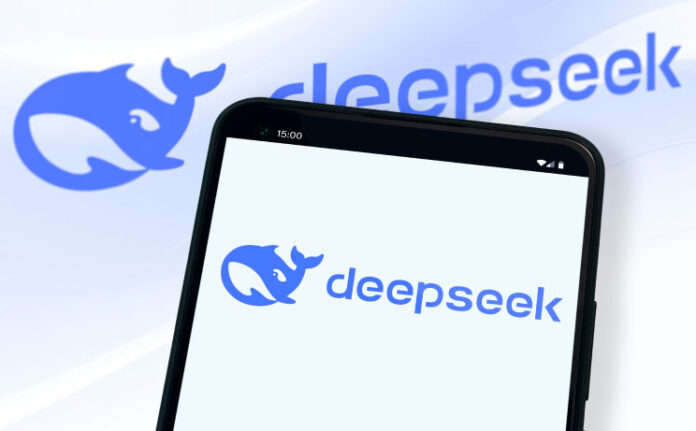In recent years, app stores have embodied competition between tech giants and new disruptive players challenging their business models. A recent and emblematic example is DeepSeek, an artificial intelligence app that quickly gained traction and became an alternative to OpenAI's ChatGPT. DeepSeek's boom was no accident. The Chinese combined innovation, market strategy, and precise execution, which can unseat even the most established players. This episode reinforces a question: How do disruptive apps manage to rise so quickly?
The first step may be technological differentiation. Disruptive applications often offer something new or solve a problem more efficiently. In the case of DeepSeek, its ability to run advanced AI models on devices with modest hardware and its open-source appeal were key differentiators. This approach not only attracted end users but also some developers, who became instant ambassadors for the application.
Beyond innovative technology, marketing and distribution strategies are also crucial. In the mobile world, App Store Optimization (ASO)—a set of techniques to improve an app's visibility in stores—can be a powerful driver for businesses. Emerging apps often leverage this tool extensively, adjusting titles, descriptions, and keywords to highlight their product and its offerings, as well as gain relevance in search rankings. Small changes to these elements can have significant impacts, making it easier for the target audience to discover the app.
Launch timing is also a critical variable. The success of many apps is directly linked to their market launch. Often, room for innovation emerges before major players can adapt their solutions. If there's pent-up demand or latent dissatisfaction among users, new entrants can quickly gain traction before industry giants react. Furthermore, viral marketing and the power of the community are also important. DeepSeek successfully leveraged its open-source nature, attracting developers to contribute to its evolution and spread the word. In an environment where user recommendations carry enormous weight, strategies that encourage community engagement and organic promotion can be crucial for an app's growth.
On the other hand, for more mature companies, the arrival of innovative competitors requires an agile response. The first fundamental step is to optimize the user experience, ensuring that the app not only keeps up with industry trends but also offers continuous improvements in interface, performance, and functionality. Well-established apps have a solid user base, and keeping them engaged is essential to avoid migrations. In some contexts, retaining users can be as difficult as acquiring them.
Another important point is communication. Highlighting competitive advantages—such as security, reliability, and technical support—can strengthen the product's perceived value in the face of new competitors. Often, a new app may attract attention for its initial innovation, but lacks the robustness that established companies can offer. Making these attributes visible to the public can be an effective way to stem user loss.
Strategic adaptation also involves identifying and exploring market niches. A well-established app can, for example, focus its efforts on serving specific segments, differentiating itself from emerging competitors and ensuring greater user retention. Similarly, loyalty strategies—such as exclusive benefits for existing subscribers or premium features—can reduce the temptation to try alternatives.
Beyond immediate tactical responses, survival in the mobile environment requires continuous vigilance. Ignoring or underestimating new competitors can be a fatal mistake. Active market monitoring, with constant analysis of trends, download metrics, and engagement, is essential to anticipate competitors' moves. Mobile intelligence tools allow companies to track emerging launches and react before they become a real threat.
The DeepSeek vs. ChatGPT case is not an isolated incident, but rather a reflection of the dynamism of the mobile industry. The app market operates under a dynamic logic, where innovation cannot be sporadic, but rather a continuous process. Large companies that want to remain relevant must not only offer a solid product but also adapt quickly to industry changes and trends. Ultimately, the race between traditional giants and new players will not be won solely by size or tradition, but by the ability to evolve at the same speed as the market changes and consumers become more demanding.


